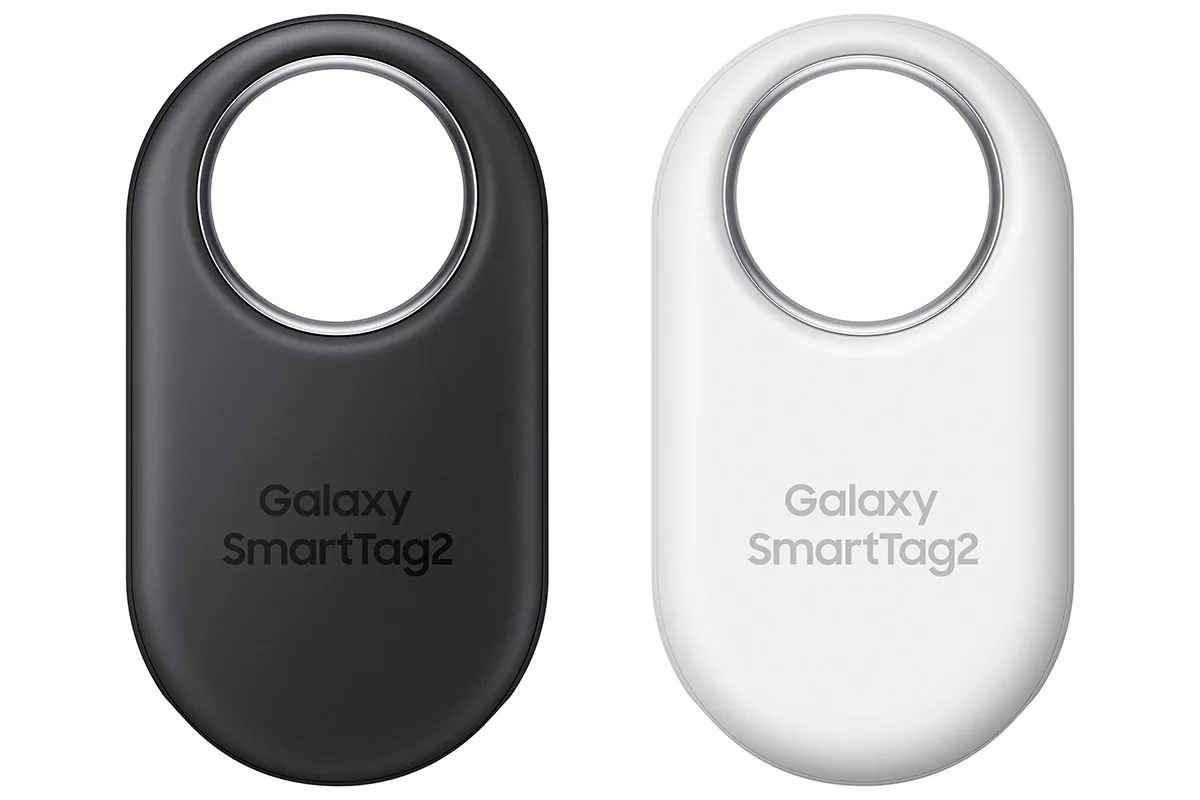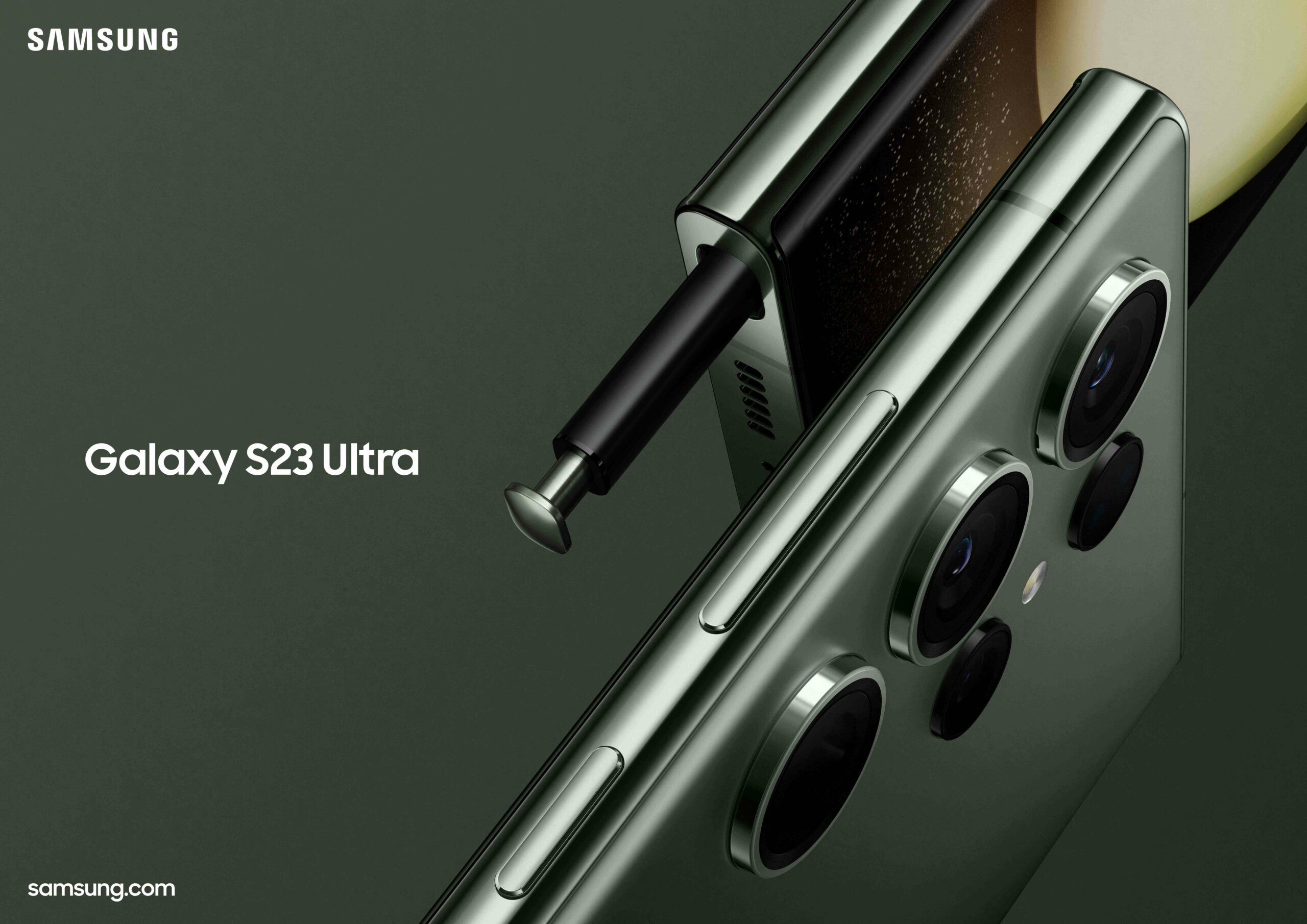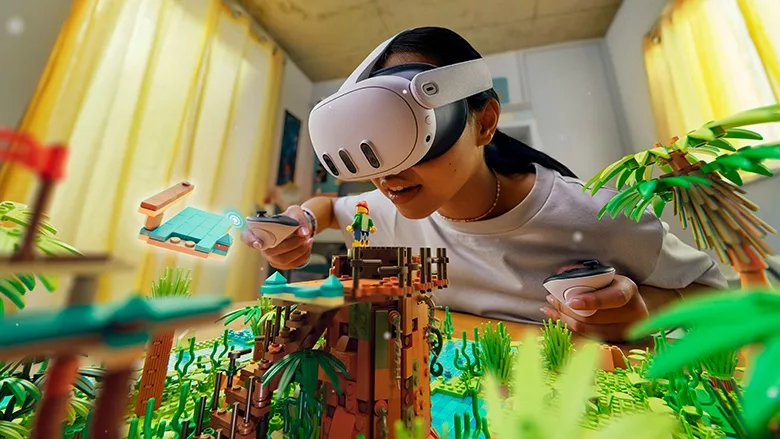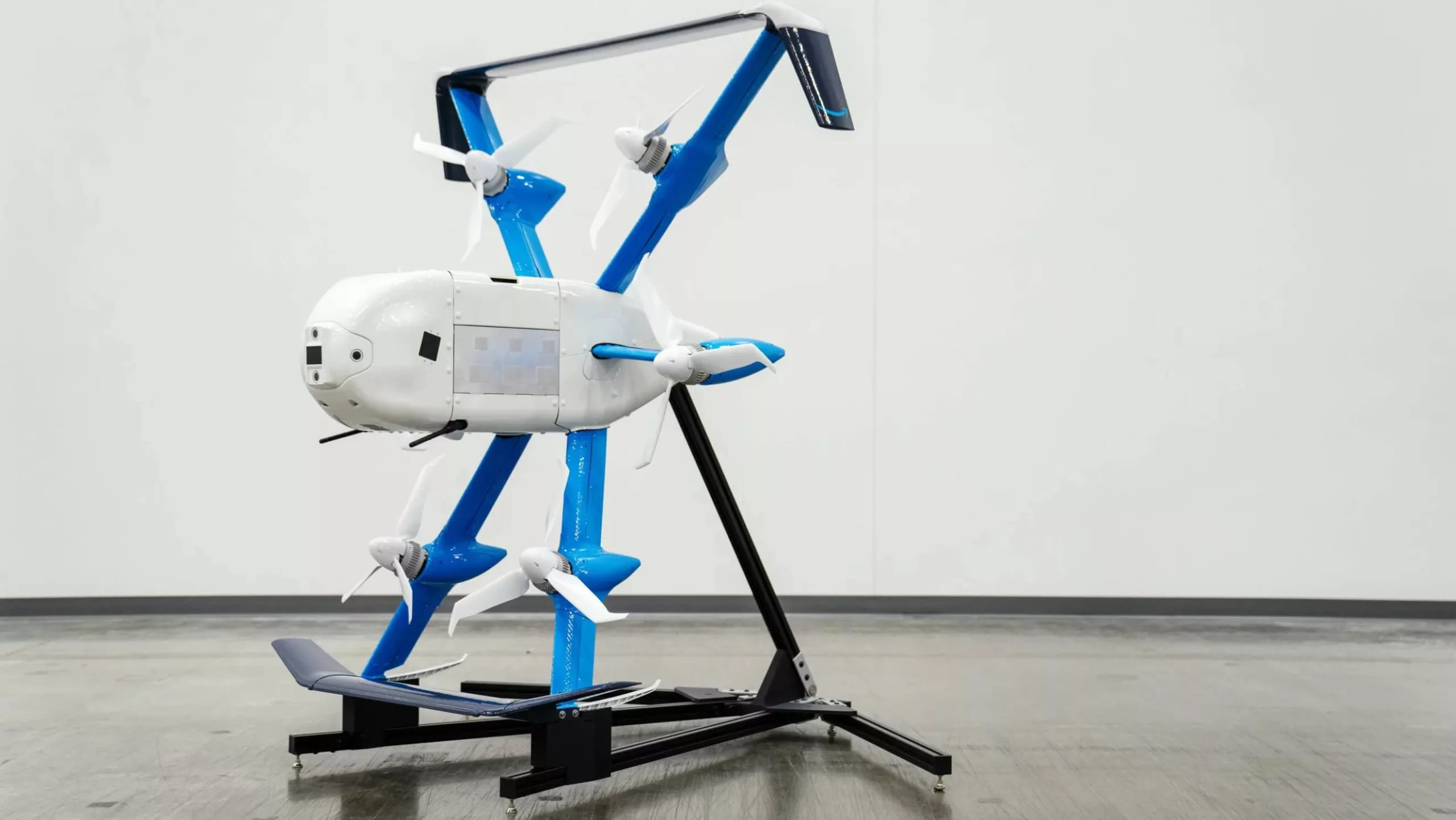Samsung Electronics has announced the upcoming launch of its Galaxy SmartTag2, scheduled for global release on 10 October. The new device is an iteration of Samsung’s existing SmartTag line, offering several updates designed to improve its tracking capabilities and overall usability.
Jaeyeon Jung, who serves as the Executive Vice President and Head of SmartThings at Samsung Electronics, stated that the new SmartTag2 aims to simplify the process of locating personal items for Samsung Galaxy users. The device boasts an extended battery life and offers a more efficient tracking experience.
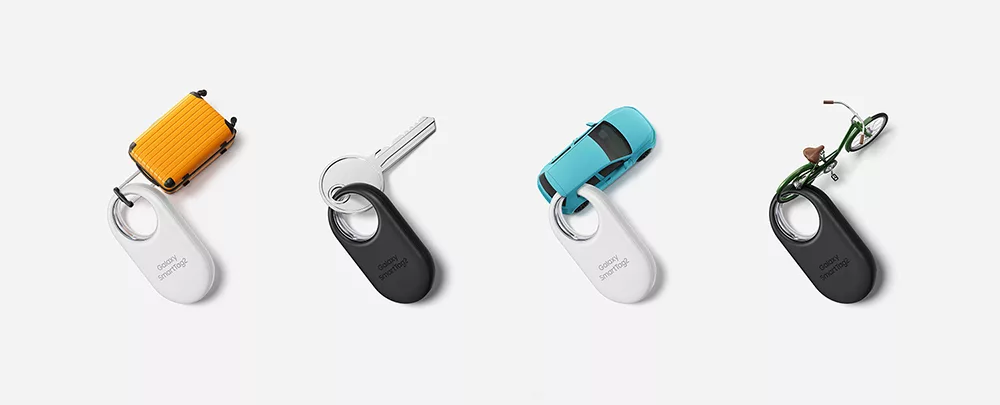
Upgraded Tracking Features
One of the notable updates is the improved Compass View feature. This function provides directional arrows on the user’s screen to indicate the SmartTag2’s location relative to them. This feature is compatible with Galaxy smartphones that support Ultra-Wideband (UWB) technology, including models like the Galaxy S23 Ultra.
Revamped SmartThings Find App
The associated SmartThings Find app has also been updated. New SmartTags will now automatically create a shortcut in the SmartThings Find app on the user’s phone, allowing for quicker access. The app’s interface has been redesigned to include a full-screen map view.
Enhanced Battery Life
The SmartTag2 introduces a new Power Saving Mode, which significantly extends the device’s battery life. In this mode, the battery can last up to 700 days, more than double the lifespan of previous models. The battery life in Normal Mode has also been increased to 500 days.
Design and Durability
The device features a compact, ring-shaped design with a large metal loop for added durability. It can be easily attached to various items like bags and luggage. The SmartTag2 also has an IP67 rating, indicating resistance to water and dust, which makes it more versatile for tracking items in different conditions.
Security Measures
Samsung has implemented several security features to protect user privacy. The device’s location is only accessible with the user’s permission, and the SmartThings Find app encrypts all user data. The app also has a feature that alerts users if an unknown SmartTag is detected moving with them.
Integration with SmartThings Station
The Galaxy SmartTag2 is also designed to work seamlessly with SmartThings Station, a dedicated device scanner for the home environment. The SmartThings Station helps users keep track of items tagged with SmartTag2 by notifying them of their location. This feature is particularly useful for pet owners, as it sends an alert if a tagged collar moves too far away from the SmartThings Station, assisting in keeping pets within a safe proximity to home.
Additional Capabilities and Availability
The SmartTag2 maintains several features from its predecessors, including Bluetooth Low Energy (BLE) and UWB support. It also offers Augmented Reality (AR) Find technology, allowing users to visually locate tagged items using their smartphone camera. The device will be available for purchase starting 10 October through select retailers and Samsung’s official website.
How It Compares to Apple’s AirTag
Both devices employ Bluetooth Low Energy (BLE) and Ultra-Wideband (UWB) technology for precise tracking. While the SmartTag2 is designed to integrate seamlessly with Samsung’s Galaxy smartphones and the SmartThings ecosystem, Apple’s AirTag is tailored for the Apple ecosystem and utilizes the Find My app for tracking.
One notable difference lies in battery life: SmartTag2 offers up to 700 days in Power Saving Mode, whereas the AirTag uses a replaceable CR2032 battery that lasts approximately one year. In terms of design, the SmartTag2 features a built-in metal loop and an IP67 rating for water and dust resistance, while the AirTag requires additional accessories for attachment and lacks an official IP rating.
Both devices prioritize user privacy and security, but their effectiveness largely depends on the ecosystem you’re already a part of. This makes the choice between the two less about individual features and more about overall compatibility with your existing devices.
Featured Image Credit: Samsung
